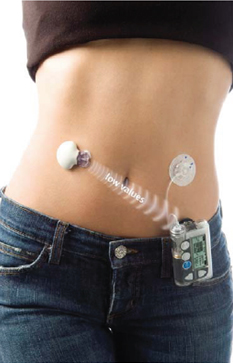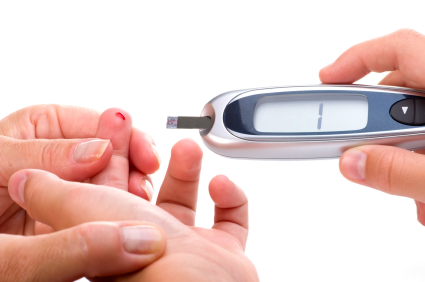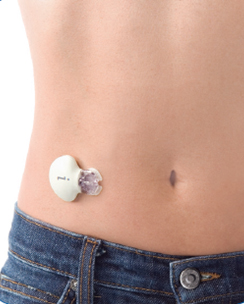Continuous Glucose Monitoring Systems course for Nurses



This session provides an overview of continuous glucose monitoring systems and shows the benefits they bring to the patient and healthcare professionals.
Learning Objectives
By the end of this session you will be able to:
- Describe the purpose of continuous glucose monitoring (CGM) and how it is used
- Explain the advantages of CGM over finger prick testing
- State the main clinical evidence supporting the use of CGM
This session gives an overview of continuous glucose monitoring systems (CGMS). It describes the benefits CGMS can bring to patients and healthcare professionals.
Before commencing this session you should complete:
- Pathophysiology of Diabetes (172-10)
- Basal Bolus Regimen (172-11)
Charlotte (MbChB MRCPCH) is a general paediatric registrar working in the West Midlands with a special interest in diabetes.

- Anaesthesia | Paediatrics | Pharmacokinetic,Pharma...
- Posted By eIntegrity Healthcare e-Learning
- Posted Date: 2024-11-18
- Location:Online
- This session will provide an overview of pharmacokinetic (PK) maturation during infancy and the use of size models to describe PK differences between children and adults. It will go on to describe known pharmacodynamic (PD) differences and consider the im
- Anaesthesia | Paediatrics | Opioids In Paediatrics...
- Posted By eIntegrity Healthcare e-Learning
- Posted Date: 2024-11-18
- Location:Online
- This session looks at practical opioid pharmacology applied to the clinical use of different agents for neonates, infants and small children.
- Anaesthesia | Paediatrics | Advanced Paediatric Li...
- Posted By eIntegrity Healthcare e-Learning
- Posted Date: 2024-11-18
- Location:Online
- This session addresses the advanced management of the critically ill child and the child in cardiac arrest.
- Anaesthesia | Paediatrics | Head Injury
- Posted By eIntegrity Healthcare e-Learning
- Posted Date: 2024-11-18
- Location:Online
- This session describes the principles of stabilisation and management of a child with a head injury and how this differs from the management of an adult patient. This includes methods of assessment, effects and management of raised intracranial pressure,
- Anaesthesia | Paediatrics | Multiply Injured Child...
- Posted By eIntegrity Healthcare e-Learning
- Posted Date: 2024-11-18
- Location:Online
- This session looks at the initial management and stabilization of the multiply injured child with reference to published trauma guidelines.







